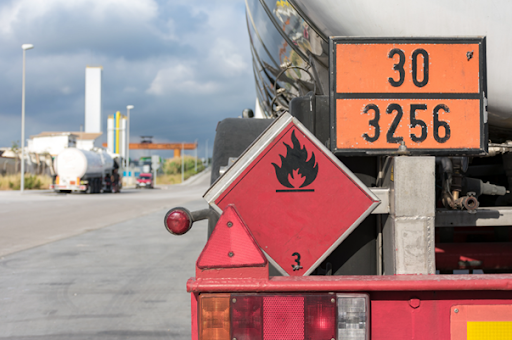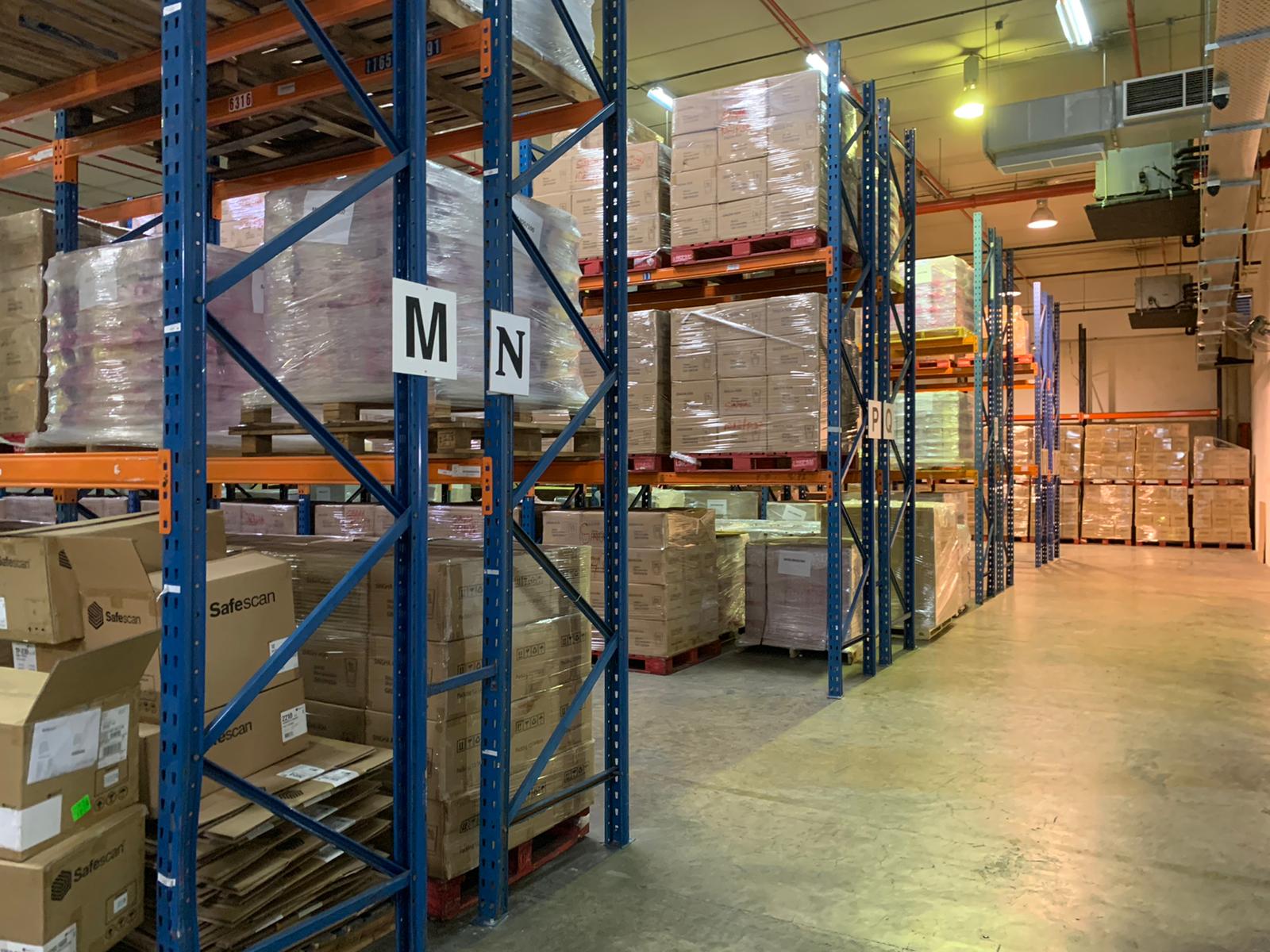5 Essential Tips for Improving Your Supply Chain Efficiency
Efficient supply chain management is at the heart of every successful business. From manufacturing and distribution to retail, a well-streamlined supply chain ensures that goods and services are delivered to customers on time and in the most cost-efficient manner. As a leading logistics service provider in Singapore, we understand that supply chain management is much more than moving products from point A to point B. Rather, it is about strategically optimising each segment to add value to your operations holistically. We have put together some effective strategies aimed at improving supply chain efficiency, which, in turn, can contribute to the overall growth of your business.
1. Technology
Leveraging the right set of tools and advanced technology is paramount to enhancing supply chain efficiency. With advanced systems that integrate and automate various processes within the supply chain, businesses can now look forward to a supply chain process that is performance-driven.
- Enterprise Resource Planning (ERP) Systems
Many logistics companies in Singapore believe that ERP systems can help centralise and manage various aspects of a business, including procurement, production, inventory, and distribution. By integrating these functions into a single system, businesses can streamline operations and make informed decisions that are data-driven.
- Inventory Management Software (IMS)
Another aspect that any business owner will want to explore is investing in good inventory management software. An IMS will help monitor inventory levels across locations and help with demand forecasting. Some systems also come with automated reordering features, to ensure you maintain optimal inventory levels while reducing carrying costs and meeting customer demands.
- Transportation Management Systems (TMS)
All reputed logistics service providers rely on TMS software to optimise transportation routes and track their cargo. Many service providers are now able to manage the entire shipping process through a trusted TMS. This is widely used by providers of DG transportation in Singapore for real-time monitoring of dangerous cargo in compliance with the regulatory requirements.
Incorporating these technological tools into supply chain operations will enable businesses to spot potential disruptions and mitigate risks, as well as improve efficiency and responsiveness to customer needs, driving business growth.
2. Collaboration
Clear communication is the key to reducing the likelihood of costly misunderstandings. Effective collaboration amongst all stakeholders can not only drive efficiency but also unveil new avenues and opportunities to reduce costs without compromising quality. This is crucial when it comes to industrial transportation in Singapore.
Supplier Collaboration: Working closely with suppliers ensures timely deliveries, quality control, and cost-effective sourcing.
Cross-functional collaboration: Effective interdepartmental communication can help align goals and processes, leading to a smoother supply chain operation within any organisation. This will help identify potential bottlenecks and inefficiencies early on, enabling quick resolutions.
3. Inventory Management
Inventory management calls for proactive planning and collaboration with all stakeholders, including your logistics service provider. From categorising inventory to accurate demand forecasting and implementing a just-in-time (JIT) management process, businesses can ensure that the right quantity of products is available at the right time.
4. Streamlining Transportation
Efficient transportation is a vital component of a smooth-running supply chain. All logistics delivery service providers aim to streamline the transportation process through route optimisation and consolidation. They understand that effective planning can help minimise transit times and costs, and ensure timely deliveries.
Freight consolidation is one such widely practised approach by logistics solutions providers to reduce shipping costs by optimising cargo space. Integrating different modes of transport is also another key consideration when it comes to effective transport planning, as this helps businesses maintain a competitive edge in the market.
5. Continuous Monitoring
Regular monitoring of supply chain performance is essential to identifying areas for improvement. Establishing key performance indicators (KPIs) and tracking them regularly can provide valuable insights into supply chain performance. It is important to remember that in the dynamic world of business, what worked yesterday might not work today.
Improve Your Supply Chain Efficiency With TSL Logistics
There is no doubt that a well-managed and efficient supply chain is the backbone of a successful business. With our
expert logisticians on board, you too can look forward to reaping the maximum benefits from your operations. As a leading logistics service provider in Singapore, we believe in providing solutions that are tailored to your specific business needs. We have ample expertise in cargo handling, customs clearance, warehousing, multimodal transportation, and more. Give us a call at +65 6777 2724 to discuss your logistics needs today!
You might also like



